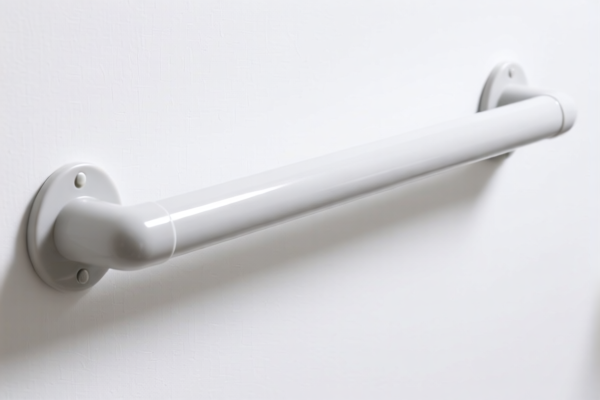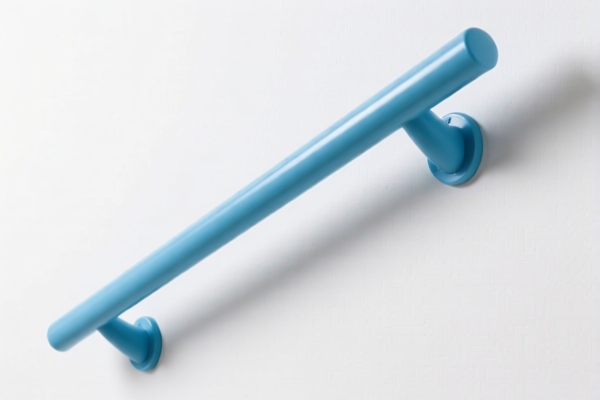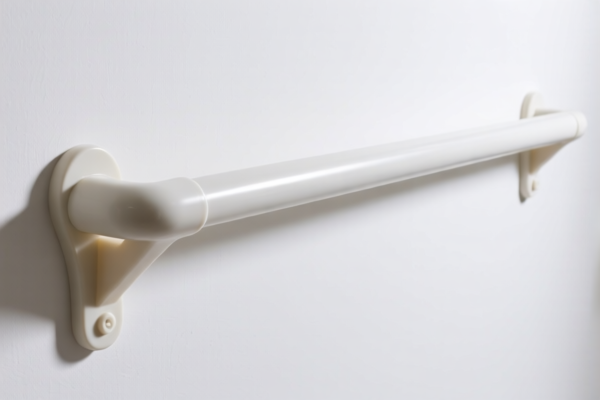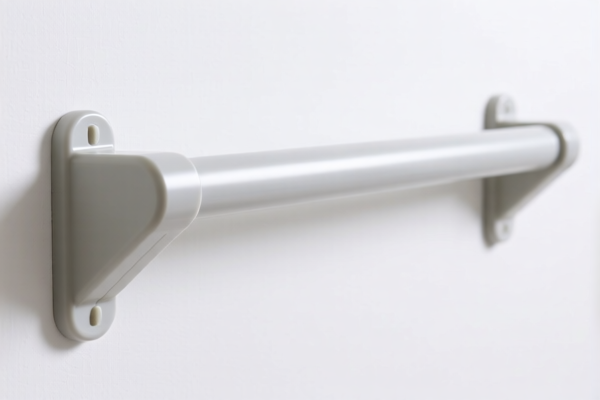| HS Code | Official Doc | Tariff Rate | Origin | Destination | Effective Date |
|---|---|---|---|---|---|
| 8304000000 | Doc | 33.9% | CN | US | 2025-05-12 |
| 9403999061 | Doc | 55.0% | CN | US | 2025-05-12 |
| 9402900020 | Doc | 30.0% | CN | US | 2025-05-12 |
| 7308906000 | Doc | 80.0% | CN | US | 2025-05-12 |
| 7308909560 | Doc | 80.0% | CN | US | 2025-05-12 |
| 9406900190 | Doc | 82.9% | CN | US | 2025-05-12 |
| 9406900130 | Doc | 82.9% | CN | US | 2025-05-12 |
| 7326908630 | Doc | 82.9% | CN | US | 2025-05-12 |
| 7326908605 | Doc | 82.9% | CN | US | 2025-05-12 |
| 7407101500 | Doc | 58.0% | CN | US | 2025-05-12 |
| 7419800900 | Doc | 58.0% | CN | US | 2025-05-12 |
| 7419801500 | Doc | 58.0% | CN | US | 2025-05-12 |
| 8307103000 | Doc | 58.8% | CN | US | 2025-05-12 |
| 8307106000 | Doc | 58.8% | CN | US | 2025-05-12 |




Handrail
A handrail is a supportive rail to aid and assist in balance and movement. It is commonly installed along staircases, ramps, and walkways, but can also be found in other locations where stability is needed.
Material
Handrails are constructed from a variety of materials, chosen for durability, aesthetics, and cost:
- Wood: Traditional and aesthetically pleasing, often used in residential settings. Common wood types include oak, maple, and pine. Requires regular maintenance (staining, sealing) to prevent wear and damage.
- Metal: A common choice for both interior and exterior applications due to its strength and longevity.
- Steel: Provides high strength and can be coated with various finishes (powder coating, galvanization) for corrosion resistance.
- Stainless Steel: Highly corrosion-resistant, often used in marine environments or areas with high humidity.
- Aluminum: Lightweight and corrosion-resistant, suitable for both indoor and outdoor use.
- PVC/Plastic: Cost-effective and water-resistant, often used in commercial or outdoor applications. May not be as durable as wood or metal.
- Composite Materials: Combine the benefits of wood and plastic, offering durability, low maintenance, and aesthetic appeal.
Purpose & Function
The primary purposes of a handrail are:
- Support & Balance: Assists individuals in maintaining balance while ascending or descending stairs or ramps.
- Safety: Reduces the risk of falls, particularly for the elderly, children, or individuals with mobility impairments.
- Guidance: Provides a tactile guide for navigating stairs or ramps.
- Accessibility: Required by building codes to ensure accessibility for individuals with disabilities.
Usage Scenarios
- Staircases: The most common application, found in residential, commercial, and public buildings.
- Ramps: Provides support for individuals using wheelchairs or those with limited mobility.
- Walkways & Pathways: Installed along pathways, particularly those with slopes or uneven surfaces.
- Bathrooms: Used to provide support near toilets and showers, especially for individuals with mobility issues.
- Swimming Pools: Provides a grip point for entering and exiting the pool.
- Healthcare Facilities: Commonly found in hallways, patient rooms, and therapy areas.
Common Types
- Traditional Handrail: Typically made of wood, with a rounded or contoured shape. Often features decorative newel posts and balusters.
- Metal Handrail: Available in various styles, including round, square, or rectangular profiles. Can be simple or ornate.
- Cable Railing: Uses stainless steel cables as infill between posts, providing a modern and minimalist aesthetic.
- Glass Railing: Uses glass panels as infill, offering a sleek and contemporary look.
- Continuous Handrail: A single, uninterrupted length of handrail, often used in commercial applications to provide a more hygienic and accessible solution.
- Grab Bars: Specifically designed for bathroom applications, providing a secure grip point for individuals with limited mobility. These are often reinforced for added strength.
Based on the provided information, the following HS codes may be relevant to “handrail”:
- 7308906000: Structures (excluding prefabricated buildings of heading 9406) and parts of structures (for example, bridges and bridge sections, lock gates, towers, lattice masts, roofs, roofing frameworks, doors and windows and their frames and thresholds for doors, shutters, balustrades, pillars and columns) of iron or steel; plates, rods, angles, shapes, sections, tubes and the like, prepared for use in structures, of iron or steel. This HS code covers columns, pillars, posts, beams, girders and similar structural units. Handrails, if constructed as part of a structural framework of iron or steel, may fall under this classification.
- 73: Iron or steel articles.
- 08: Structures and parts of structures.
- 90: Other.
- 7326908630: Other articles of iron or steel; Other; Other; Other Hangers and similar supports for tubes and pipes. If the handrail is designed as a support for tubes or pipes, this HS code may be applicable.
- 73: Iron or steel articles.
- 26: Other articles of iron or steel.
- 90: Other.
- 86: Other.
- 30: Hangers and similar supports for tubes and pipes.
- 8307103000: Flexible tubing of base metal, with or without fittings; Of iron or steel; With fittings. If the handrail is constructed from flexible tubing of iron or steel and includes fittings, this HS code may be relevant.
- 83: Base metal articles.
- 07: Flexible tubing.
- 10: Of iron or steel.
- 30: With fittings.
Regarding HS code 7308906000, 7326908630 and 8307103000, please note that these codes relate to iron or steel articles. Verification of the material composition may be required. Additionally, for HS code 7308906000, the handrail must be a part of a structure, excluding prefabricated buildings of heading 9406.
Customer Reviews
No reviews yet.